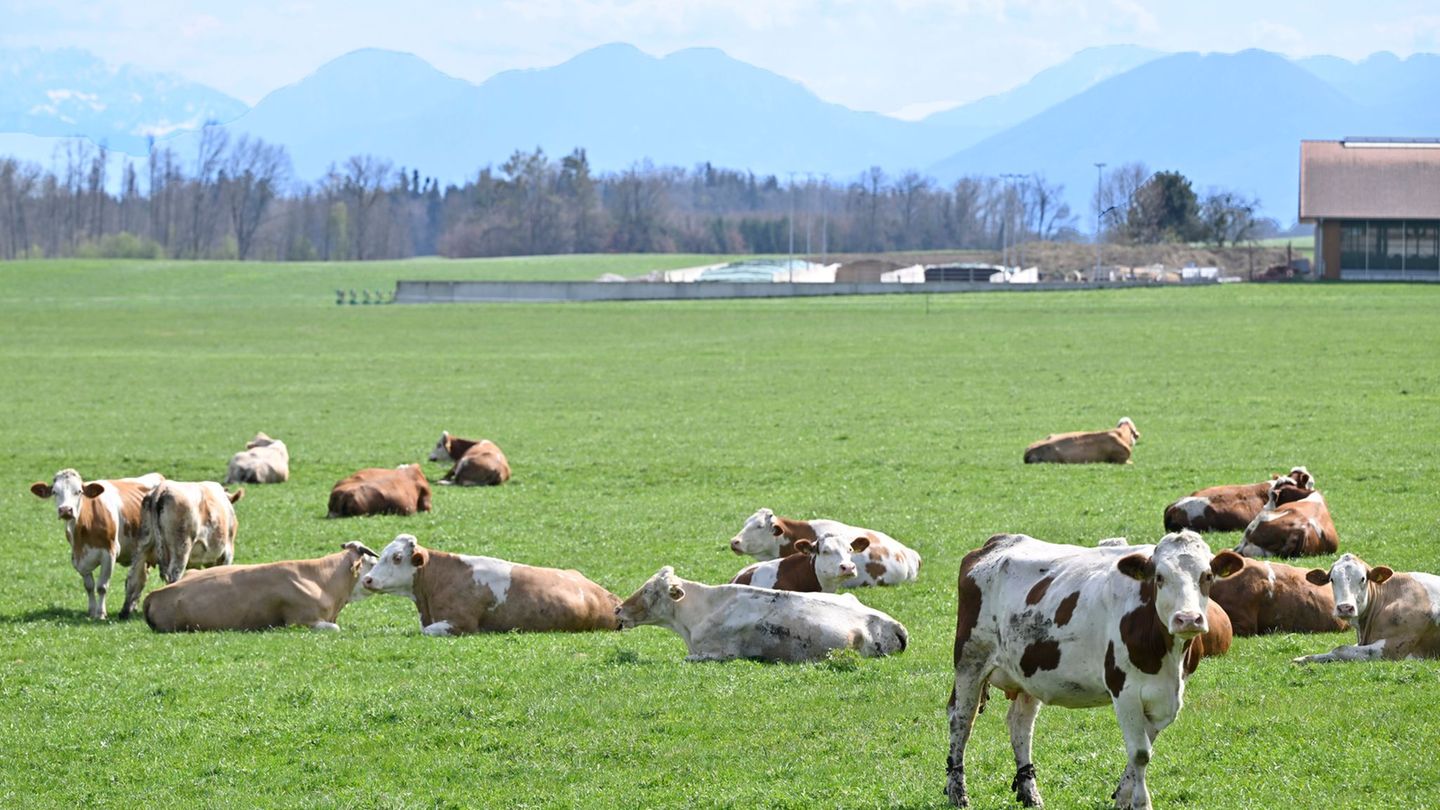View picture gallery
However, the weather in summer is decisive for the melting rate of the glaciers, emphasized the ZAMG in a broadcast on Tuesday. Every year in spring, the glaciers on the Hoher Sonnblick (Goldbergkees and Kleinfleisskees) are measured and the mass balances calculated as part of the ZAMG glacier observation program in cooperation with the University of Natural Resources and Life Sciences in Vienna. “In order to calculate the mass increase last winter, we determined the snow depth with probes at around 600 points on the glacier and dug snow shafts at another seven positions to measure snow density and snow temperature,” explained glacier expert Anton Neureiter from ZAMG. “The mass of water contained in the snowpack was then calculated from the measured snow heights and densities.”
“Weather more important in summer”
The measurements this year showed a less than encouraging picture: the average snow depth in spring on the Goldbergkees was 330 centimeters (70 centimeters below the average of previous years). This corresponds to an increase in mass of 1,355 kilograms per square meter, which was 20 percent below the average of recent years. The average snow depth on the Kleinfleisskees was 260 centimeters – 90 centimeters below the average. This corresponded to an increase in mass of 1,028 kilograms per square meter (28 percent below the average).
According to the ZAMG, there has rarely been so little snow here since measurements began. The Goldbergkees has been measured regularly since 1987, the Kleinfleißkees since 1999.
However: “For the long-term development of the glaciers in Austria, the weather in summer is more important than in winter,” explained Neureiter. “The decisive factor is whether occasional cold air rushes bring snow to the glaciers in summer. Because a fresh, very white snow cover reflects almost 100 percent of the sun’s rays and can protect the glacier from melting for up to a week. A glacier without fresh snow, on the other hand, is much darker , therefore absorbs a lot of solar radiation and can lose up to half a meter of ice thickness in a week.”
Pasterze as a showcase project
According to ZAMG, the regular determination of the mass balance of the glaciers in the Sonnblick region and the Pasterze is now a flagship project for standardized monitoring in the Global Cryosphere Watch program of the World Meteorological Organization (WMO). The methods are constantly being further developed, and drones have also been used since 2019.
With the help of the drones, a very precise digital 3D model of the glacier is created. The flights take place in the course of the winter balance measurement at the end of April and at the end of the melting period towards the end of September. By comparing the elevation models, the change in volume of the glaciers is calculated and can then be compared with the directly measured glaciological method.
According to ZAMG, this comparison serves to record the superficial mass change of the glaciers even more precisely and to be able to better quantify the contribution of the melt on the glacier bed. In addition, it is possible to draw conclusions about the vertical ice movement, which in turn increases the accuracy of snow depth measurements using drones on the moving glacier.
Source: Nachrichten




